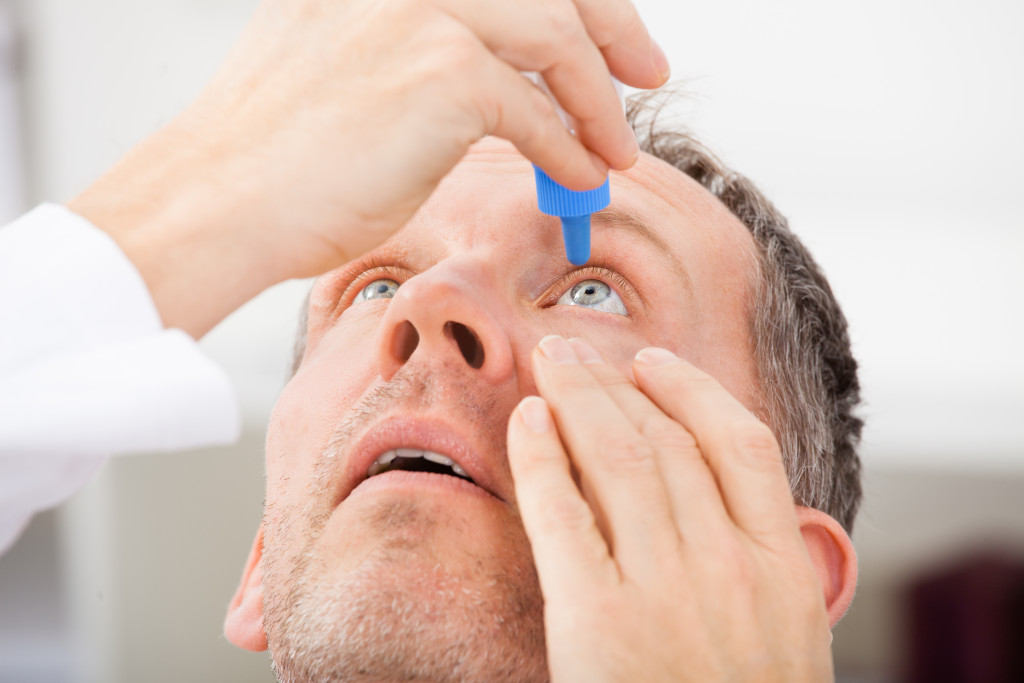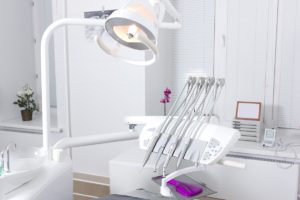Dry eye syndrome is a condition that causes your eyes to produce insufficient tears. This can lead to discomfort and vision problems. Treatment typically involves using artificial tears or ointments. In some cases, you may need to take measures to increase tear production. Your ophthalmologist can help you determine the best treatment for your dry eye syndrome.
Causes
There are several possible causes of dry eye syndrome. One common reason is simply not producing enough tears. This can be due to aging or other conditions that affect tear production. Other possible causes include:
- Exposure to wind or smoke
- Dry, dusty, or smoky environments
- Heating or air conditioning
- Working at a computer for long periods
- Certain medical conditions, such as Sjögren’s syndrome, rheumatoid arthritis, or diabetes
- Use of certain medications, such as antihistamines, decongestants, or blood pressure medications
Symptoms
The symptoms of dry eye syndrome can vary from person to person. They may be mild or severe, and they may come and go. Common symptoms include:
- Eye irritation
- Stinging or burning eyes
- Red eyes
- Watery eyes (eyes may tear more to try to lubricate the surface)
- Eye fatigue
- Blurred vision
- Difficulty wearing contact lenses
If you have any of these symptoms, you should see your ophthalmologist. They can help diagnose the cause and recommend treatment options.

Treatment
There is no one-size-fits-all approach to treating dry eye syndrome. The best treatment for you will depend on the underlying cause of your condition. Common treatment options include:
Artificial tears or ointments
Artificial tears or ointments can help to lubricate the eyes and relieve these symptoms. If over-the-counter products do not help, your ophthalmologist may prescribe a more potent medication. In severe cases, surgery may be necessary to improve tear production.
Increased blink rate
One of the ways to help relieve these symptoms is by increasing your blink rate. This helps to spread the tears evenly over the eye’s surface and allows them to evaporate more slowly.
Eye inserts
These are small, dissolvable plugs that help block tear drainage. Inserts are placed under the lower eyelid and help to increase tear production. They can be a safe and effective option for those with dry eye syndrome.
Anti-inflammatory medication
Anti-inflammatory medication can be used to help treat dry eye syndrome. These medications can help reduce inflammation and improve tear production. Ophthalmologists can prescribe medicines that are specifically designed to treat dry eye syndrome.
Immunomodulating medication
Immunomodulating medication helps to reduce ocular surface inflammation by modulating the immune response. This can be an effective treatment for dry eye syndrome, primarily when used in conjunction with other treatments such as artificial tears.
In some cases, surgery may be needed to treat dry eye syndrome. Your ophthalmologist can discuss all of your treatment options with you and help you choose the best choice for your needs.
Living with dry eye syndrome
You can do a few things to help manage your dry eye syndrome and make yourself more comfortable. These include:
Avoiding dry, dusty, or smoky environments
One way to help manage your dry eye syndrome is to avoid dry, dusty, or smoky environments. These can exacerbate your symptoms and make you more uncomfortable. If you need to be in one of these environments, take breaks often and blink often to keep your eyes lubricated. You may also want to wear sunglasses or goggles to protect your eyes from the elements.
Using a humidifier in your home
Using a humidifier in your home can help alleviate the symptoms of dry eye syndrome by increasing the moisture in the air. This will help keep your eyes lubricated and prevent them from becoming irritated.
Taking frequent breaks when working at a computer
When you have dry eye syndrome, it is essential to take frequent breaks when working at a computer. This will help keep your eyes lubricated and prevent them from becoming irritated.
Blinking often
One of the best things to help manage your dry eye syndrome is to blink often. Blinking helps keep your eyes lubricated and prevents them from becoming irritated.
Wearing sunglasses or goggles when outdoors
When you have dry eye syndrome, it is essential to wear sunglasses or goggles when outdoors. Sunglasses and goggles can also help protect your eyes from the wind and dust, preventing irritation and dryness.
If you have dry eye syndrome, you should see your ophthalmologist regularly. They can check for any changes in your condition and make sure your treatment is effective.
Conclusion
Dry eye syndrome is a condition that can be uncomfortable and inconvenient, but there are treatments available that can help. If you think you may have dry eye syndrome, make an appointment with your ophthalmologist to discuss your symptoms and treatment options.





